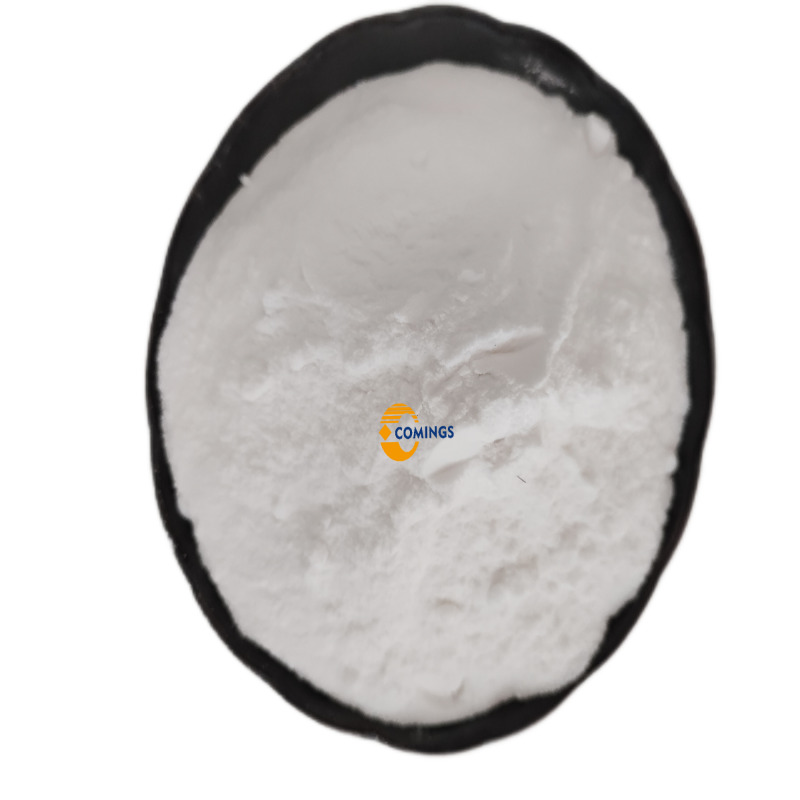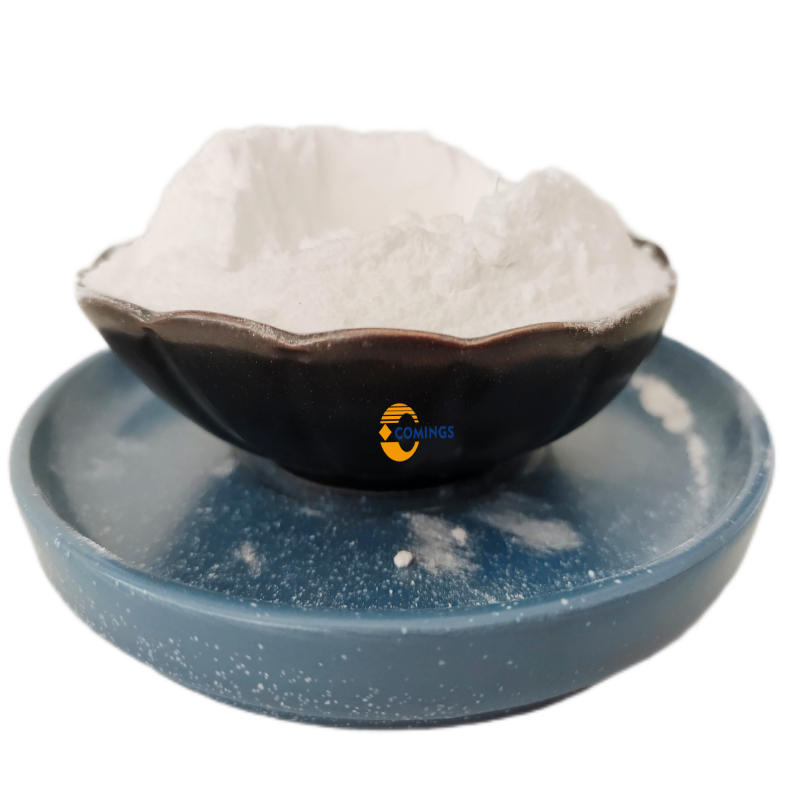-
Categories
-
Pharmaceutical Intermediates
-
Active Pharmaceutical Ingredients
-
Food Additives
- Industrial Coatings
- Agrochemicals
- Dyes and Pigments
- Surfactant
- Flavors and Fragrances
- Chemical Reagents
- Catalyst and Auxiliary
- Natural Products
- Inorganic Chemistry
-
Organic Chemistry
-
Biochemical Engineering
- Analytical Chemistry
-
Cosmetic Ingredient
- Water Treatment Chemical
-
Pharmaceutical Intermediates
Promotion
ECHEMI Mall
Wholesale
Weekly Price
Exhibition
News
-
Trade Service
Tuberculosis (Tuberculosis, TB) is an important and fatal chronic infectious disease caused by Mycobacterium tuberculosis (M.
tuberculosis, Mtb) infection
.
In 2019, there were about 10 million new TB patients worldwide, and about 1.
4 million people died of TB
.
Mtb is a very successful intracellular parasitic pathogen, which can use a series of effector proteins to regulate the immune function of the host, and then achieve its infection, survival, pathogenicity and spread
.
The Liu Cuihua team of the Institute of Microbiology, Chinese Academy of Sciences has long been committed to the study of the interaction mechanism between Mtb and other important pathogens and the host.
The process and molecular mechanism of the dynamic game between the Mtb effector protein and the host are revealed, and new ideas and potential new targets based on the pathogen-host interaction interface are provided for anti-tuberculosis treatment and new drug development
.
Mtb encodes a series of eukaryotic-like kinase family proteins, among which the eukaryotic-like serine/threonine protein kinase PknG can be secreted into host cells and is closely related to the intracellular survival and pathogenic process of Mtb, so it is a potential anti-tuberculosis Ideal target for drugs
.
Liu Cuihua’s team recently reported that PknG can be used as a new ubiquitin-modifying enzyme that catalyzes the ubiquitination modification of the host substrate through a non-classical two-step cascade reaction and promotes its degradation through the proteasome, ultimately inhibiting the host NF-κB inherent The activation of immune signaling pathways promotes the intracellular survival of Mtb (EMBO reports, 2021)
.
Recently, Liu Cuihua’s team further revealed another important new mechanism by which PknG interferes with the host’s innate immune response: PknG acts on multiple stages of the host’s autophagy process through its different domains or its kinase activity, ultimately blocking the autophagy flow and promoting Intracellular survival of pathogenic bacteria
.
On the one hand, Mtb PknG competitively binds to the PH (pleckstrin homology) domain of serine/threonine protein kinase AKT through its C-terminal domain to inhibit the activation of AKT and induce autophagy
.
On the other hand, PknG directly binds to the small GTPases RAB14 through its TPR domain, and uses its kinase activity to catalyze the phosphorylation of RAB14's activating proteins AS160 (GTPase-activating proteins, GAP), thereby inhibiting the hydrolysis of RAB14-GTP to RAB14- GDP keeps RAB14 in a continuous activation state, thereby inhibiting the fusion of autophagosomes with late endosomes and lysosomes, ultimately blocking the autophagy flow and inhibiting the autophagy-mediated removal of pathogens
.
The key innovations and scientific significance of this study are as follows: 1) The discovery of the first Mtb effector protein PknG in Mtb that regulates the host autophagy flow through multiple nodes, revealing that Mtb resides in a new “shelter” in the cell (immature autophagy).
2) Clarified the new mechanism that Mtb directly binds to and inhibits the kinase activity of host AKT and induces autophagy, which improves the effect of PI3K-AKT-MTOR pathway and phosphatidylinositol in pathogen-host interaction.
The understanding of the key regulatory role of the interface; 3) Identified the new kinase substrate AS160 of PknG in host cells, and further revealed its dual regulatory mechanism for targeting host RAB14: binding to RAB14 and blocking the hydrolysis of GTP bound to it, Phosphorylation of AS160 in turn inhibits its GAP activity against RAB14
.
In summary, the innovative results of this study interpret the panorama of MtbPknG regulating host autophagic flux through multiple nodes, and provide potential new targets and precise strategies for anti-tuberculosis treatment, that is, to promote the interaction between the C-terminal domain of PknG and AKT Further promote the occurrence of autophagy, and at the same time, by specifically targeting the kinase activity of PknG and the PknG-RAB14 interaction interface to release the blocking effect on the autophagy flow, and ultimately promote the elimination of pathogens mediated by heterophagy (Figure 1 )
.
Figure 1 Mtb PknG modulates the host autophagy flow at multiple nodes to block the process of heterologous phagocytosis-mediated pathogen clearance.
The relevant research results have been published online in the international authoritative journal Autophagy, entitled "M.
tuberculosis PknG manipulates host autophagy flux to promote pathogen intracellular survival"
.
Doctoral student Ge Pupu of Liu Cuihua's team and master student Lei Zehui are the co-first authors of this paper.
Researcher Wang Jing and researcher Liu Cuihua of the Institute of Microbiology, Chinese Academy of Sciences are the co-corresponding authors of this paper
.
The research was funded by the National Natural Science Foundation of China, the Strategic Leading Science and Technology Project of the Chinese Academy of Sciences (Category B), the National Key R&D Program Project, the National Science and Technology Major Project, and the Talent Project of the Youth Innovation Promotion Association of the Chinese Academy of Sciences
.
Article link: https://doi.
org/10.
1080/15548627.
2021.
1938912






